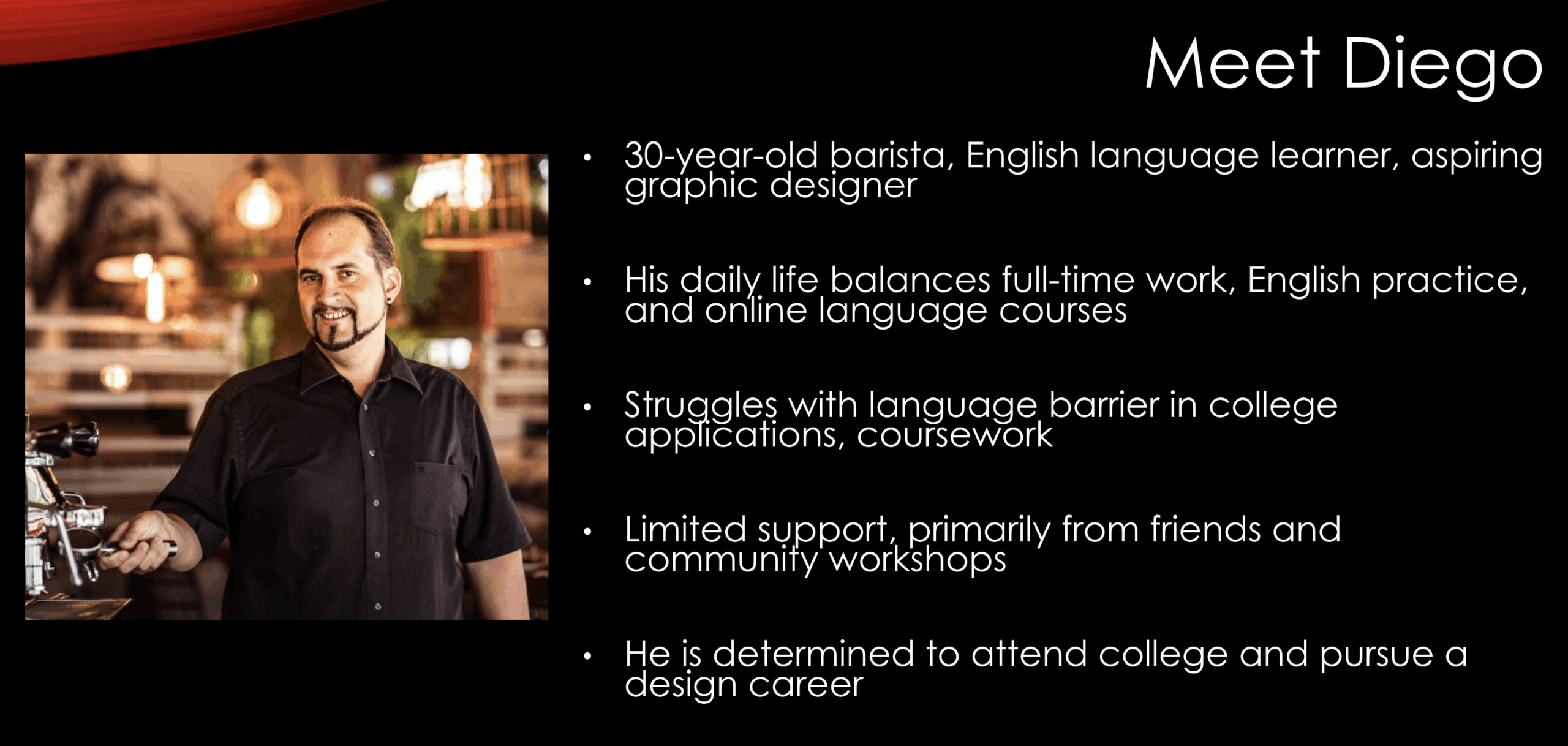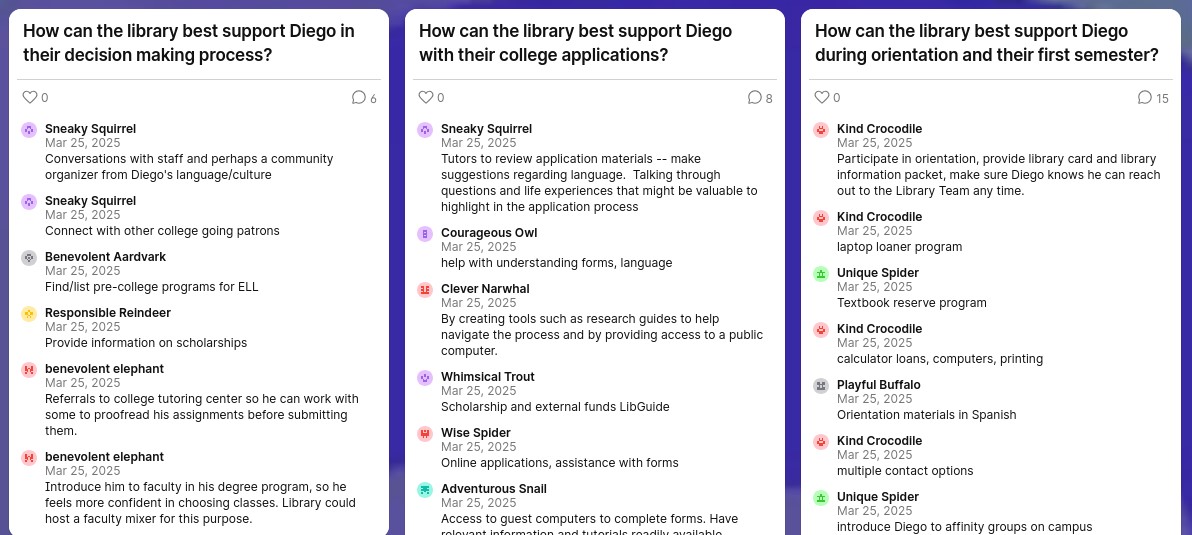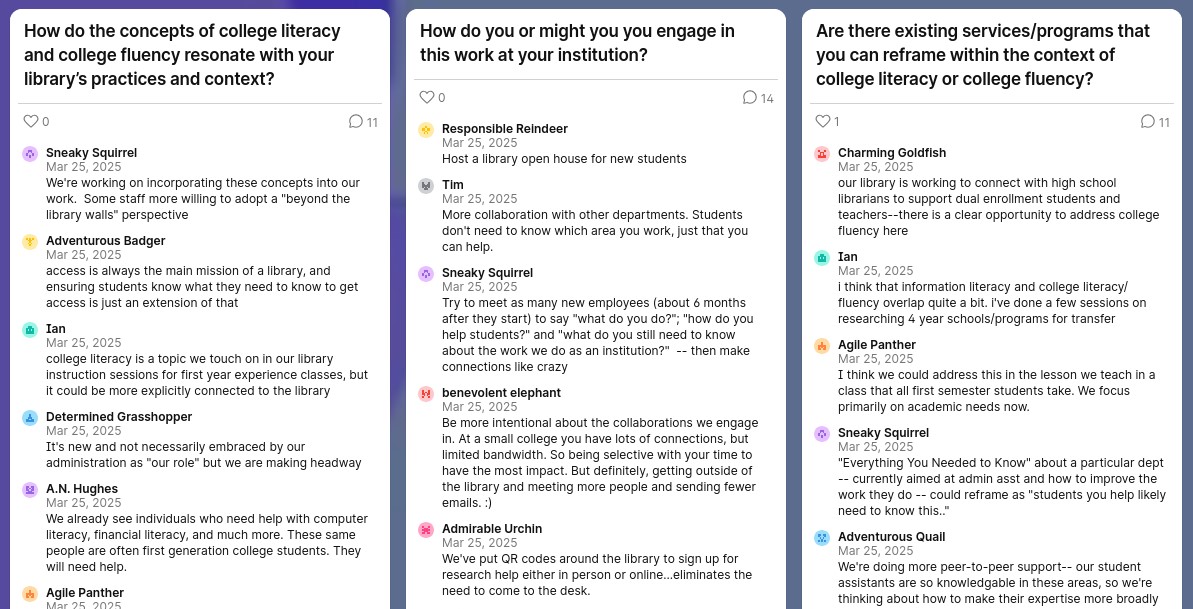College Literacy and Fluency
What We Learned From Our Latest Webinar
For many students, the hardest part of college isn’t the classes—it’s figuring out how college works. From navigating confusing admissions processes to registering for classes and understanding financial aid, higher education can often feel like a maze of unfamiliar terminology and siloed systems. The result? Too many students miss critical deadlines, misunderstand key processes, or struggle to advocate for themselves in an unfamiliar and bureaucratic environment.
This challenge disproportionately affects students who are already navigating complex life circumstances: first-generation students, English language learners, and adult learners. These students may not have access to the social, cultural, or institutional knowledge that makes college processes easier to navigate, potentially making it more difficult for them to enroll and thrive in college.
Understanding College Literacy and Fluency
Two key concepts are helping to reframe how we think about college access and success: college literacy and college fluency.
College literacy refers to the knowledge base students need before entering higher education—understanding how to apply, what financial aid options exist, and what college expectations look like. Without this foundational knowledge, prospective students may miss critical steps in the admissions, financial aid, and enrollment process.
College fluency, on the other hand, is the ability to effectively navigate college services, programs, and resources once enrolled. It empowers students to engage with their institution, locate needed services, and advocate for themselves in an often confusing system.
These concepts are central to two IMLS-funded research projects aimed at strengthening the role that public and community college libraries play in student navigation. The projects explored how libraries can address non-curricular information needs by becoming trusted hubs of navigation and guidance–empowering students to find and locate needed resources for informed decision-making in alignment with principles of information literacy.
Digging In: Highlights from our March Webinar
To share insights and foster broader engagement, we hosted a webinar on March 25, 2025. Presenters Africa Hands, jean amaral, and Melissa Blankstein guided over 75 attendees through findings from each project and offered strategies for library staff to begin addressing college literacy and fluency in their own institutions.
While Zoom webinars typically limit interactivity, we designed a creative workaround for breakout engagement. Instead of traditional breakout rooms, we used Padlet, an online collaborative platform, to simulate group work and foster real-time reflection. Attendees worked through the experiences of two student personas—Linda, a 42-year-old returning student and working mother, and Diego, a 30-year-old English language learner and aspiring graphic designer. These fictional profiles mirrored the real challenges many students face when navigating college systems. Each persona was assigned its own Padlet board, along with a third one for closing reflections.
Persona 1: Diego

Participants were able to choose which breakout Padlet to contribute to, with many opting to participate in both. These Padlet breakout room boards were used to share what kinds of skills, knowledge, and support students need at various stages of their college journey and reflected on what resources their libraries (or institutions) currently offer—and what might still be missing.
What We Heard: Reflections from the Padlet
By choosing not to record the session, we hoped to foster open and candid conversation, and we were energized by the depth and thoughtfulness of the responses we received. It was clear that participants were not only invested in the topic but also deeply connected to the real-world challenges these personas represented.
The Padlet activity served as both an engagement tool and a valuable source of data. Overall, we received a total of 128 responses across attendees, with many answering multiple questions throughout the breakout rooms. Common themes emerged around the importance of culturally responsive services, personalized guidance, and building strong partnerships between libraries and student affairs departments. Here’s a glimpse into what participants shared:
Culturally Responsive Services
“Also make sure she’s [persona 1] aware that we’re here to support not judge if she’s not feeling confident. Be available to be a sounding board when she needs one.”
“Embed family-friendly policies and spaces in the library, so she [persona 1] can study alongside her daughter if needed.”
“Helping him [persona 2] connect to current students who have been through the process, perhaps those fluent in his first language.”
Personalized Guidance
“Make sure that a library orientation is embedded in a class that most students take early in their time at the school. Make sure the orientation walks students through both physical and online resources offered in the library. Present the library as a customer service friendly place that is happy to answer questions about college life as well as academic needs.”
“Access is always the main mission of a library, and ensuring students know what they need to know to get access is just an extension of that.”
“We’re doing more peer-to-peer support–our student assistants are so knowledgeable in these areas, so we’re thinking about how to make their expertise more broadly known.”
Stronger Partnerships
“We are open way longer than most services on campus, so we get a lot of questions anyway about registering, advising, etc., so maybe some very basic cross training could help with easy, ‘first tier’ questions.”
“Since our library is on the first floor of our building/the first service point, our staff naturally has become the point to triage questions about the campus. We often walk students to the departments they need, but we could do more to partner with other departments explicitly.”
“Our library is working to connect with high school librarians to support dual enrollment students and teachers–there is a clear opportunity to address college fluency here.”
Looking Ahead: Libraries as Vital Navigators
This session reinforced what we already know: libraries are vital partners in the journey toward student success. They are trusted, accessible spaces where students can begin to untangle the complexities of higher education—and find people who are ready to help them do just that. We invite librarians, educators, and student support professionals to join us in exploring collaborative approaches to support student enrollment and success.

